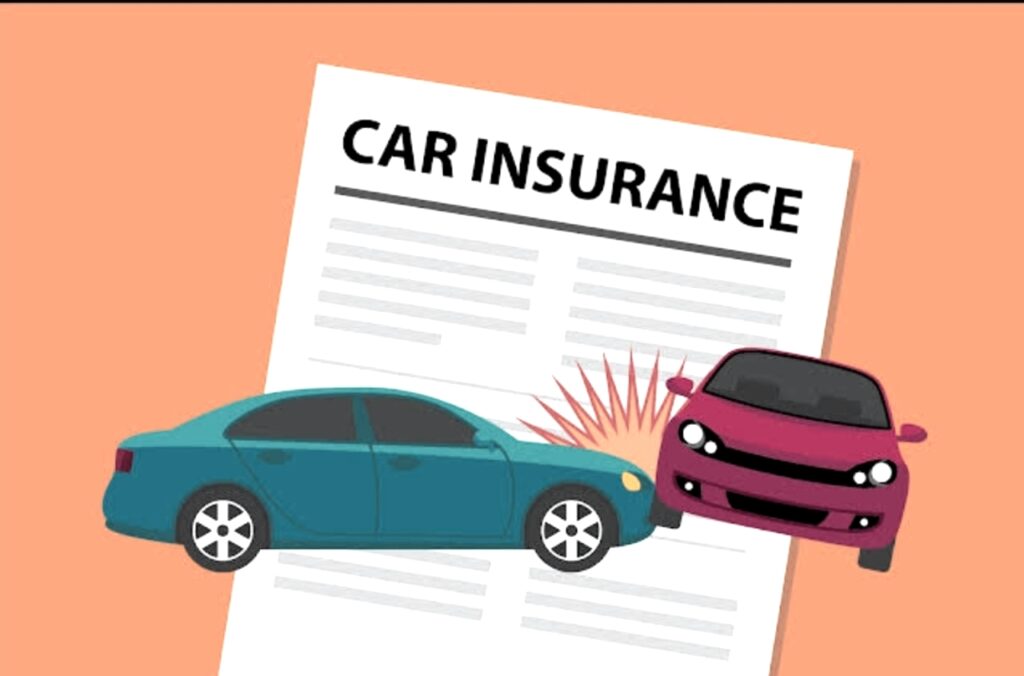Exploring the Labyrinth : Your Definitive Guide to Automobile Protection

Vehicle insurance can often feel like a complicated tangle, leaving many drivers confounded by the multitude of decisions and jargon. Whether you are a new buyer or looking to switch providers, grasping the nuances of car insurance is crucial for protecting yourself and your vehicle on the road. This guide is created to help you steer through the intricacies of car insurance, making the process smoother and more manageable.
With numerous options, insurance options, and rates available, it's crucial to arm yourself with the insight needed to make wise decisions. From liability coverage to collision and comprehensive policies, knowing what the terminology means and how it applies to your needs can save you hours and money. By analyzing the fundamentals of car insurance, this guide will empower you to find the suitable policy tailored to your needs.
Grasping Auto Coverage Essentials
Auto insurance is a policy between you and an insurance provider that offers fiscal safeguards in the case of an incident, theft, or destruction to your car. By submitting a fee, you are protected for various costs associated with automotive mishaps. Understanding the basics of car insurance is vital for choosing the appropriate plan and confirming you have proper insurance for your demands.
There are multiple types of protection within vehicle coverage, including fault coverage, accident coverage, and all-encompassing coverage. car insurance companies near dallas, tx helps pay for losses to third parties and their assets if you are at responsible in an accident. Collision insurance covers repairs to your own automobile after an incident, while comprehensive coverage protects against non-collision incidents like theft or calamities. Being aware of the distinctions between these forms can help you reach smart choices.
When choosing a car insurance plan, it is essential to evaluate factors like coverage limits, deductibles, and savings. Higher coverage limits may give greater protection but could lead to increased costs. Out-of-pocket expenses are the amount you cover yourself before benefits begin, and selecting a larger deductible can lower your premium. Many providers also offer discounts for clean driving records, bundled plans, or minimal driving, which can further reduce your overall costs.
Types of Auto Insurance Coverage
While contemplating car insurance, it's essential to understand the various types of coverage available. The most typical form is liability insurance, which is frequently required by law. This coverage shields you if you are found to be at fault in an accident, covering bodily injuries and property damage to others. It is imperative to have adequate liability limits to safeguard your assets in case of a significant claim.
Additionally, important type of coverage is collision insurance. This covers the repairs to your vehicle after an accident, irrespective of who caused it. If your car is damaged in a collision, you can file a claim under this coverage to get back on the road faster. While not mandatory, collision insurance is wise for drivers with new or expensive vehicles who want to safeguard their investment.
Comprehensive coverage is also a key part of auto insurance coverage. It shields against non-collision incidents, such as theft, vandalism, or natural disasters. This type of insurance guarantees you're covered for damages not caused by a collision, granting peace of mind for unexpected events. Combining comprehensive with liability and collision creates a complete insurance plan that safeguards you and your vehicle on the road.

Tips for Selecting the Right Coverage
While selecting a auto insurance policy, it is essential to consider your insurance requirements based on your driving behavior, the type of vehicle you have, and your available funds. Consider elements such as if you use your car frequently, how often you experience adverse conditions, and the age and value of your vehicle. Customizing your policy to fit these aspects will help you steer clear of paying for extra coverage while ensuring you are sufficiently protected.
It is also important to compare different providers and their plans. Make an effort to examine various providers to grasp their credibility, client reviews, and claims process. Many platforms allow you to request quotes from multiple insurers, making the task of comparing easier. Seek out offers that may apply, including record of safe driving or merging auto insurance with other policies. Each company has its individual benefits, so shop around to locate the best fit for your needs.
Finally, make it a point to read the details of the policy you are looking at. Comprehending the provisions, clauses, and exclusions is vital to confirm you know what is included and what is not included. Focus on the deductions, maximums, and any supplemental endorsements that may be necessary for your particular circumstances. Taking the time to carefully review the policy specifications will help avoid surprising costs down the road and provide comfort while in your vehicle.
